 Abraham Lincoln
If given the truth, the people can be depended upon to meet any national crisis...
Abraham Lincoln
If given the truth, the people can be depended upon to meet any national crisis...
 Guildford news...
for Guildford people, brought to you by Guildford reporters - Guildford's own news service
Guildford news...
for Guildford people, brought to you by Guildford reporters - Guildford's own news service
Birdwatcher’s Diary No.126
Published on: 2 Jan, 2017
Updated on: 2 Jan, 2017
By Malcolm Fincham
As another wonderful year of wildlife watching came to a close I spent a few minutes in thought while watching a common buzzard in a field: “Fifty years ago I knew nothing about nature. Today I know enough to know that I still know very little.”
At least, there is always something “out of the ordinary” I come across, which I haven’t noted before.
Deciduous trees now bare of leaves helped me get clear views across the landscape as I gazed in thought. I was enlightened as I watched from a quiet lane bordered by slender elm trees a common buzzard in the field, not far beyond.
At first I thought it had pounced on some prey. Amused by its antics, I started to watch more intently. I soon realised it had in fact taken a liking to playing with some dried-out dung-balls.
Surprised by what I saw, I took a series of photos. I watched it acting like a kitten with a ball of wool, as sprang back and forth, grabbing with its talons. Then stretching out to grab another one.
Eventually, after a few minutes, it started to get bored with the game it had invented and took flight across the field.
Staying with the theme of my last report, I continued to get good sightings and even a few reasonable pictures of common buzzards locally.
They are often seen on overcast and murky days, lazily perching on posts in the more rural parts of Guildford.
I also took a series of photos of a kingfisher, diving into a lake.
Plunging into the water, with minimal splash.
Although not always prosperous in its mission.
Returning to its various favoured perches, eventually making a successful strike.
Kingfishers are particularly susceptible to cold winters, and are therefore dependant on fishing on ice-free waters. At present I have four reliable areas of water that I can almost guarantee at least a glimpse of one. But will they survive a possible cold spell?
In spite of the short and seasonal overcast days, it remained reasonably mild on the days leading up to Christmas. Although hampering my attempts to get decent photos, it remained a blessing for the birds that had taken to probing the soft soil, seeking a meal.
These included small flocks of redwings, checking out short, grassy areas for worms.
Blue tits took advantage of shallow, ice-free pools to have a wash and brush-up.
An occasional bright, sunny day enabled me to get a few Christmas treats in the way of photos, not just relying on contrast to aid me with my record shots. A visit to my local patch at the Riverside Nature Reserve saw black-headed gulls on the ice-free flooded field.
By Stoke Lake two chiffchaffs were in pursuit of each other.
On the lake two cormorants took up a familiar stance out on the tern raft.
A few goldcrests also showed themselves well enough for some photos.
And even the local kingfisher made an appearance.
A few days break over the Christmas period allowed the chance to get together with a posse of pals for a day’s outing to one of my favourite haunts, Farlington Marshes, near Portsmouth.
A frosty start to the day soon gave way to some glorious sunshine.
The tide was in on our arrival. A swift scan across Langstone Harbour gave us a distant view of a pair of red-brested mergansers.
Brent geese were plentiful in and around the reserve.
Along with an abundant amount of pintails.
Although catching fleeting glimpses of a small group of very vocal bearded tits in the reed beds near to the information hut, they remained too elusive for a camera-shot on this occasion. I had to settle with one of several reed buntings that fed on seed heads.
A group of black-tailed godwits investigated a soft grassy area, using their beaks like sewing-machine needles as they probed for food.
Other photographic highlights included a record shot of a raven.
A rock pipit feeding along the sea wall.
While in the fields a few meadow pipits, photographed to assist with a comparison to the rock pipit.
A dunnock posing on a post.
While looking out across the lagoon checking out the various ducks and waders, we had distant views of a greenshank, shelduck and an avocet, the latter asleep with its bill tucked in.
All too distant to photo, we were, however, alerted to the sight of a water rail as it skulked among the reeds, close by. To our surprise it put on a rare display coming out of its lair to feed in the open.
Although at least three short-eared owls had been reported there in the past few weeks, they seemed to be remaining incognito. Eventually we managed to pick one out, concealing itself in long grass in the ‘point field’.
Eventually, and although distant, a second one took flight, quartering for a while, before drifting out of sight at the far side of the reserve.
A fine end to our visit were close views of what seems to be the resident kestrel.
Heading home, just a short distance from Farlington in Hampshire is the tiny hamlet of Warblington. Having heard recent reports of a cattle egret there, we decided it to be worthy of a visit.
In winter 2007/-2008, a large influx of cattle egrets occurred in the UK. This influx led to the first ever pair breeding successfully in Somerset.
Having evolved to feed alongside elephants and buffaloes in Africa, the cattle egret has been quick to transfer its loyalties to breeds of domestic cattle to look for insects. This adaptability means it has been able to expand its global range to reach all seven continents.
These birds really do live up to their name, as they feed among the cow-herds.
With an hour of light still remaining we still had time to visit the Tesco store in Havant. Not for a shopping expedition, but in the hope of once again seeing the water voles we had seen there last year.
These wonderful mammals have been wiped out in my local Surrey area by the accidental introduction of the American mink that were once farmed for their fur.
Although much effort is ongoing to eradicate these mink, water voles remain a rare sight in southern parts of the country.
Far from being infallible to making a mistake or two, I decided to some ‘pioneering’ by investigating further down stream, while the others watched the area we had seen them in last year.
Big mistake! Returning only just in time to take a few shots as one made a return to its burrow.
Leaving me to have to concede that good pal Bob had definitely got the best picture. As it sat, mid-stream, in the shallow water, having a snack.
In the days leading up to the new year the weather turned colder. With human kindness, many of those thoughtful enough to have set up garden bird feeding stations were rewarded with a plethora, of birds coming to visit. These included common favourites, such as great tits, long-tailed tits and blue tits.
In one particular local, rural location I even spotted a marsh tit. And to my surprise it was soon joined by a second one.
A delightful ending to another marvellous year of wildlife watching.
Responses to Birdwatcher’s Diary No.126
Leave a Comment Cancel replyPlease see our comments policy. All comments are moderated and may take time to appear.
Recent Articles
- Guildford Institute’s Crowdfunding Project for Accessible Toilet in its New Community and Wellbeing Centre
- Letter: Guildford – Another Opportunity Missed?
- Letter: GBC’s Corporate Strategy – Where Is the Ambition?
- My Memories of John Mayall at a Ground-breaking Gig in Guildford Nearly Six Decades Ago
- Westborough HMO Plans ‘Losing the Heart of the Street’ Says Resident
- College Invests to Boost Surrey’s Economy and Close Digital Skills Gap
- Community Lottery Brings Big Wins for Local Charities
- GBC Housing Plan Promises ‘A Vibrant Urban Neighbourhood’ Near Town Centre
- Hospital Pillows ‘Shortage’ at the Royal Surrey
- Updated: Caravans Set Up Camp at Ash Manor School


Recent Comments
- Ian Macpherson on Updated: Main Guildford to Godalming Road Closed Until August 1
- Sara Tokunaga on GBC Housing Plan Promises ‘A Vibrant Urban Neighbourhood’ Near Town Centre
- Michael Courtnage on Daily Mail Online Reports Guildford Has Highest-paid Council Officer
- Alan Judge on GBC Housing Plan Promises ‘A Vibrant Urban Neighbourhood’ Near Town Centre
- John Perkins on GBC Housing Plan Promises ‘A Vibrant Urban Neighbourhood’ Near Town Centre
- S Collins on GBC Housing Plan Promises ‘A Vibrant Urban Neighbourhood’ Near Town Centre
Search in Site
Media Gallery
Dragon Interview: Local Artist Leaves Her Mark At One of England’s Most Historic Buildings
January 21, 2023 / No Comment / Read MoreDragon Interview: Lib Dem Planning Chair: ‘Current Policy Doesn’t Work for Local People’
January 19, 2023 / No Comment / Read MoreA3 Tunnel in Guildford ‘Necessary’ for New Homes, Says Guildford’s MP
January 10, 2023 / No Comment / Read More‘Madness’ for London Road Scheme to Go Ahead Against ‘Huge Opposition’, Says SCC Leader
January 6, 2023 / No Comment / Read MoreCouncillor’s Son Starts Campaign for More Consultation on North Street Plan
December 30, 2022 / No Comment / Read MoreCounty Council Climbs Down Over London Road Works – Further ‘Engagement’ Period Announced
December 14, 2022 / No Comment / Read MoreDragon Interview: GBC Reaction to the Government’s Expected Decision to Relax Housing Targets
December 7, 2022 / No Comment / Read MoreHow Can Our Town Centre Businesses Recover? Watch the Shop Front Debate
May 18, 2020 / No Comment / Read More



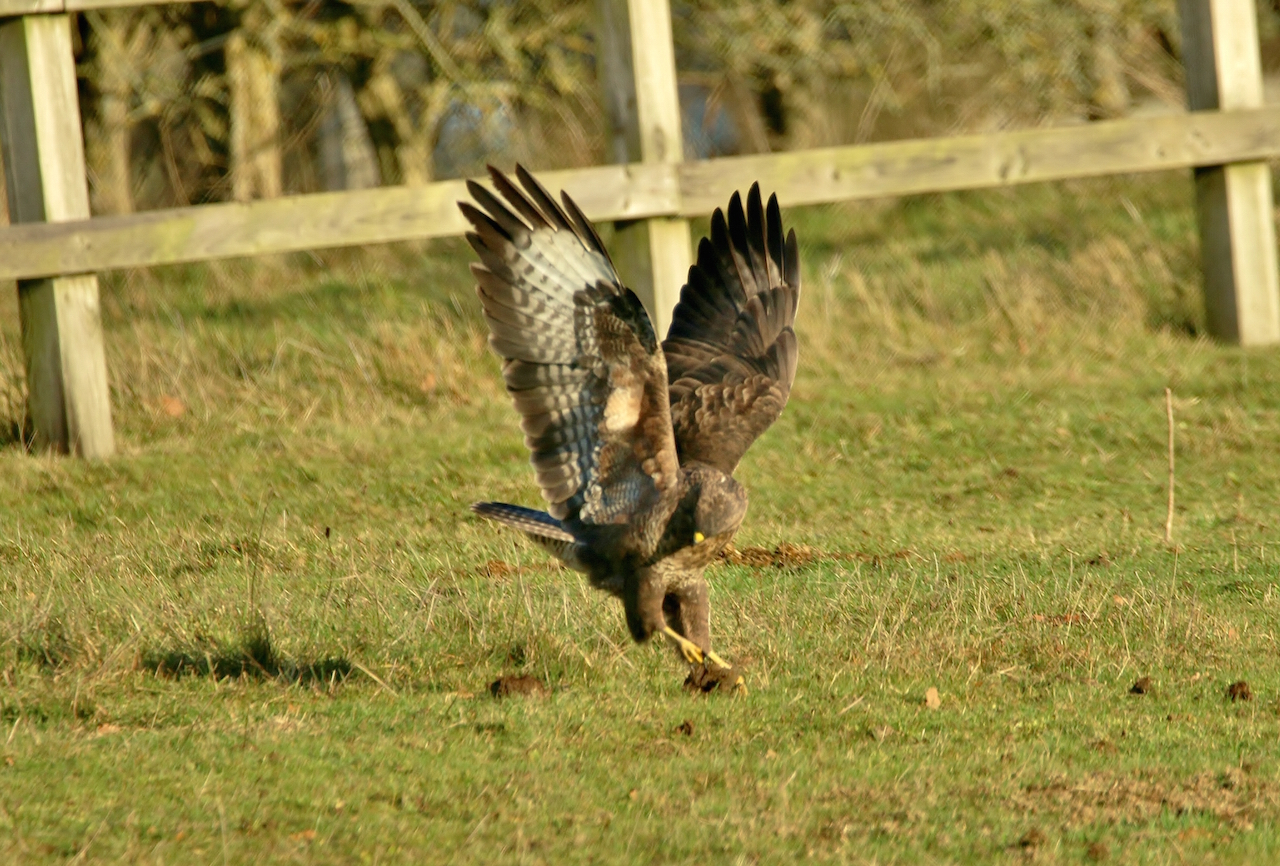

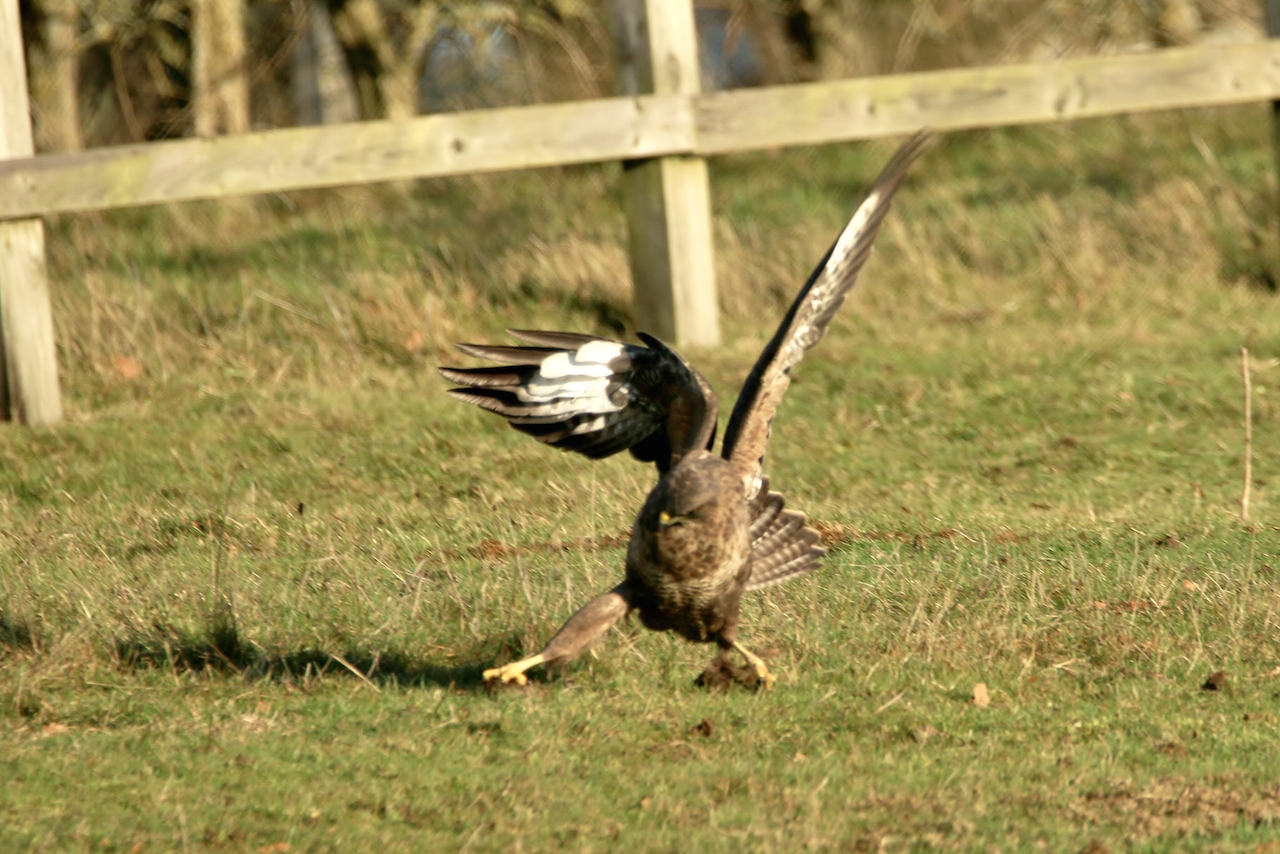

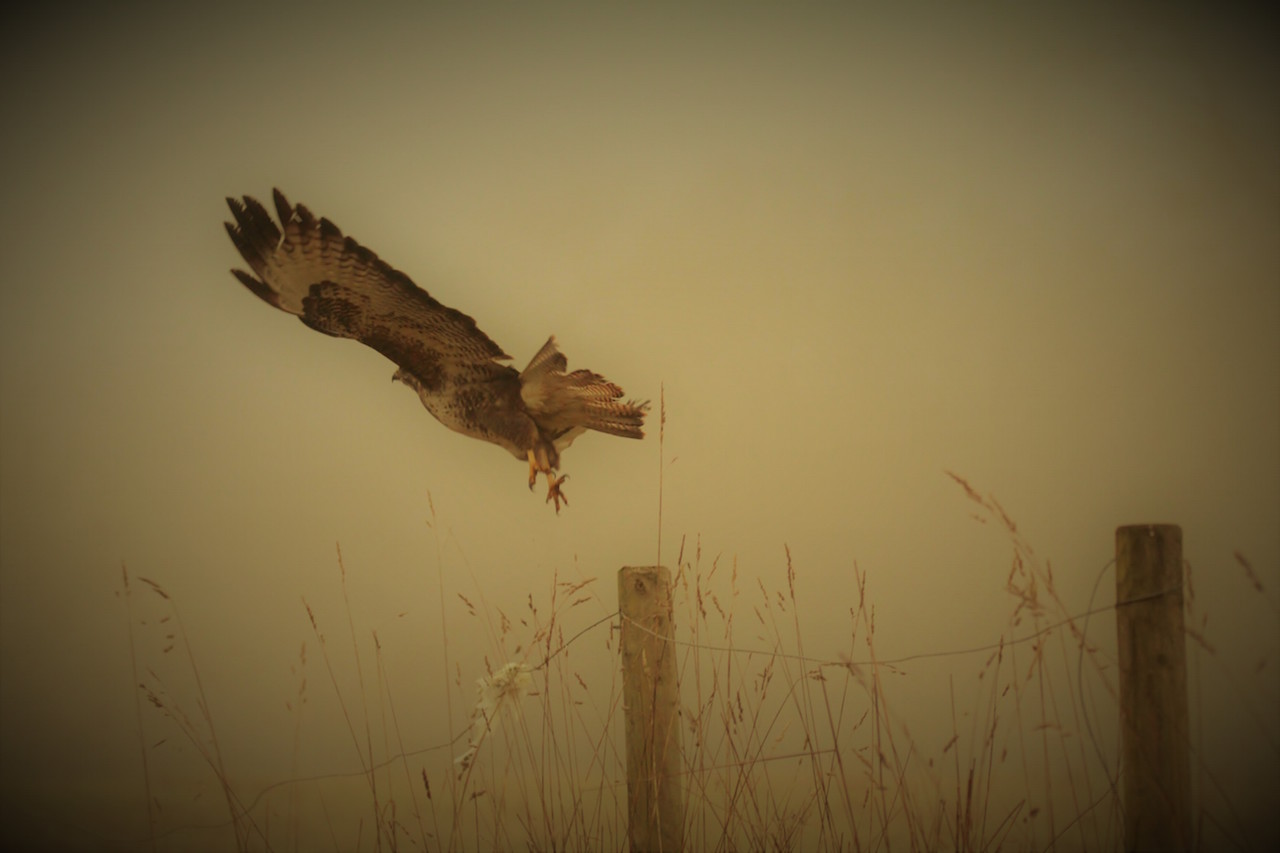
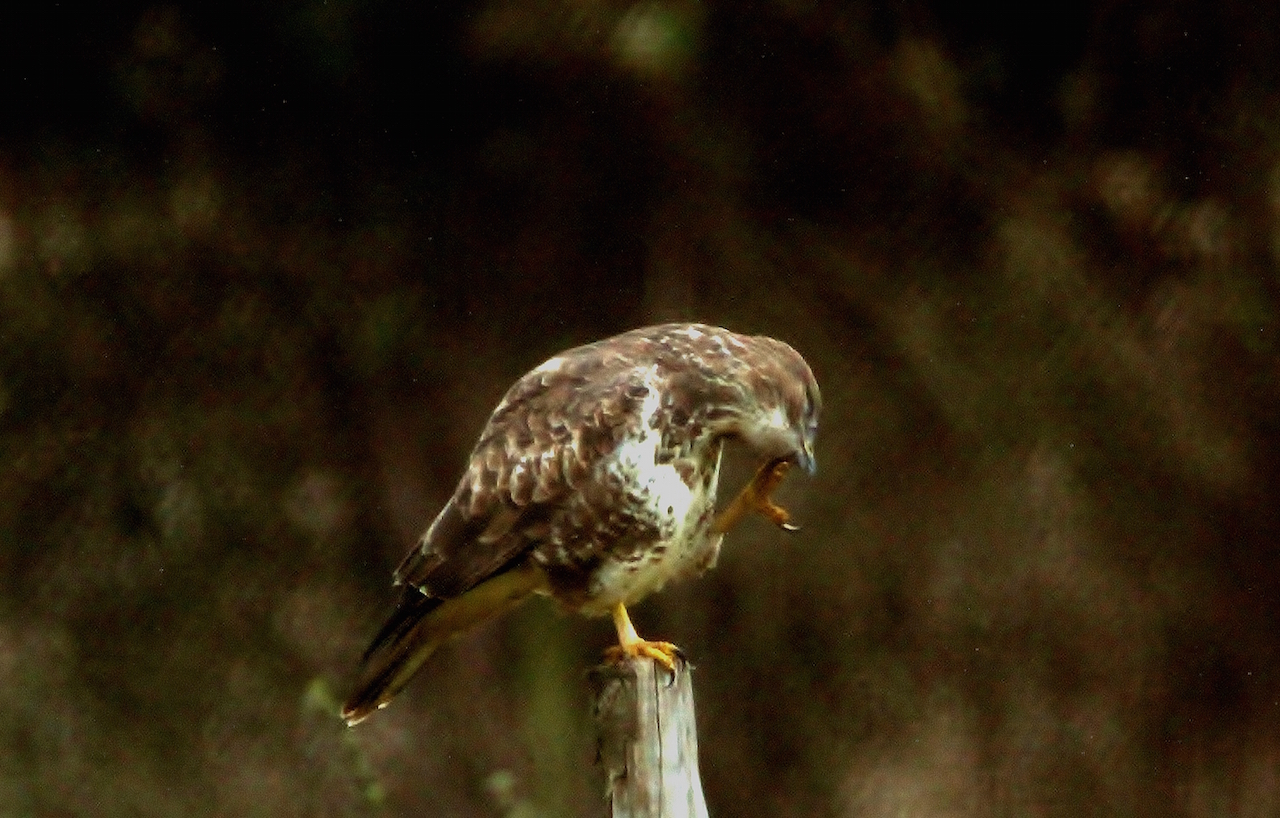

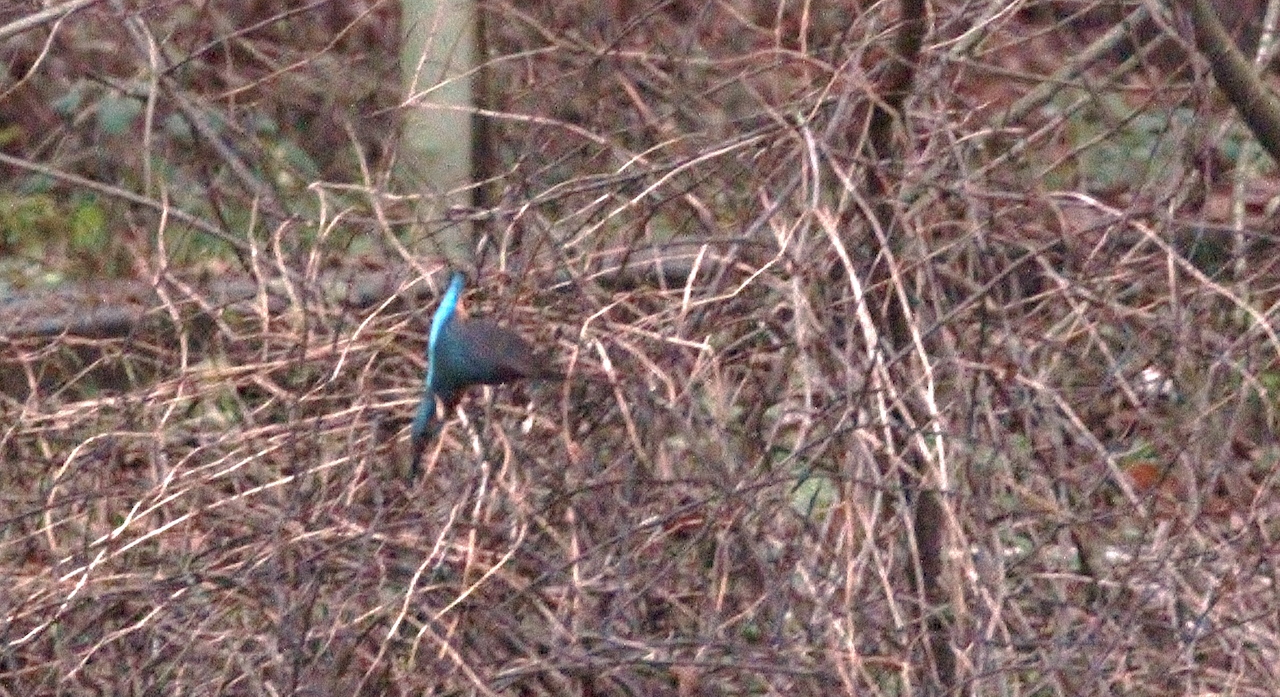
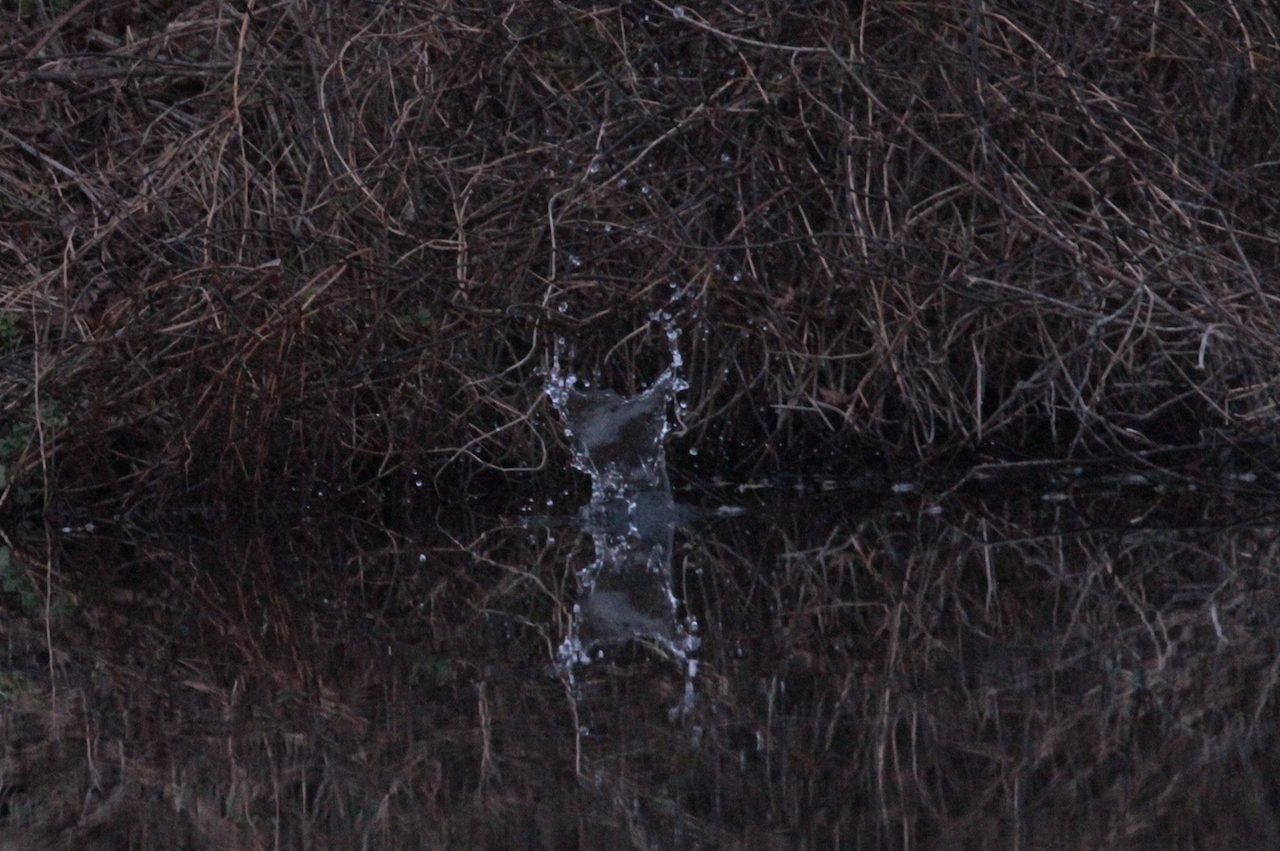
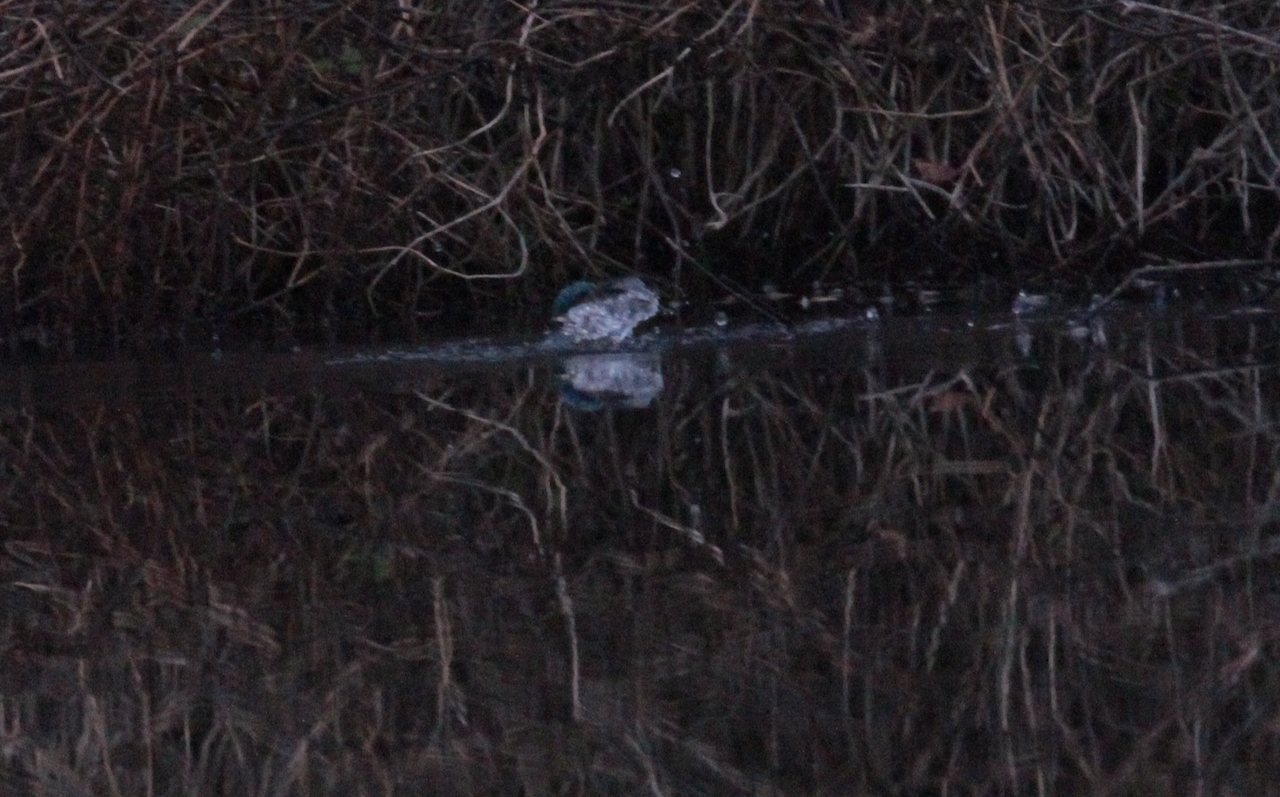

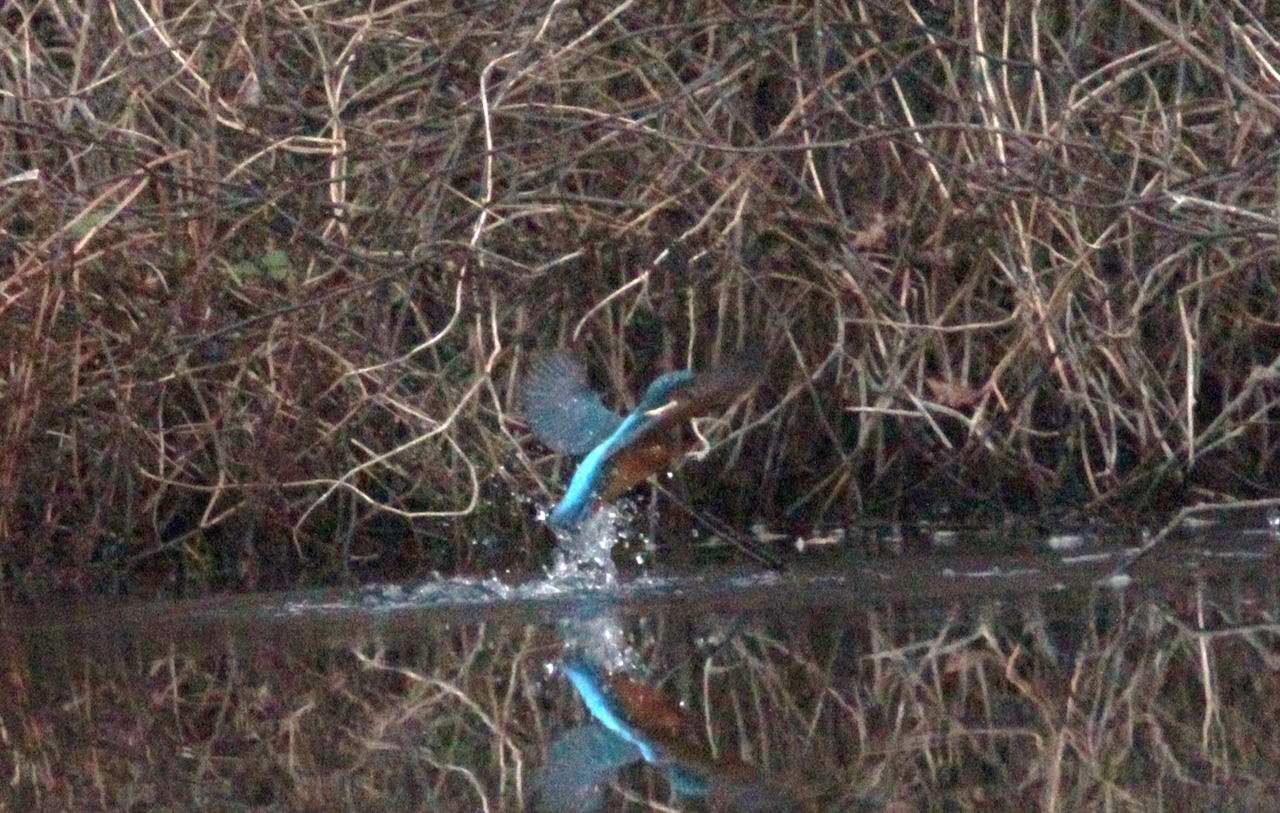



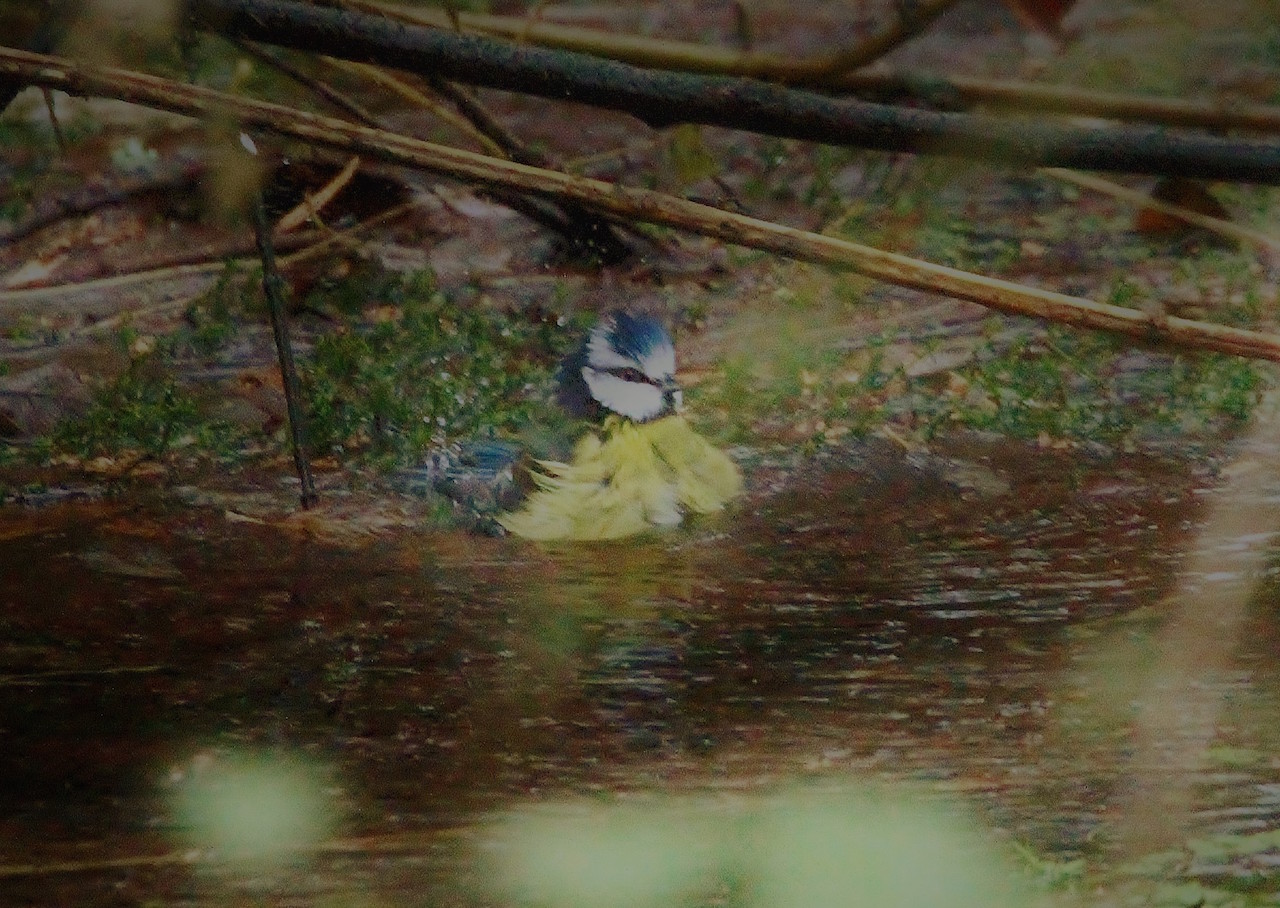
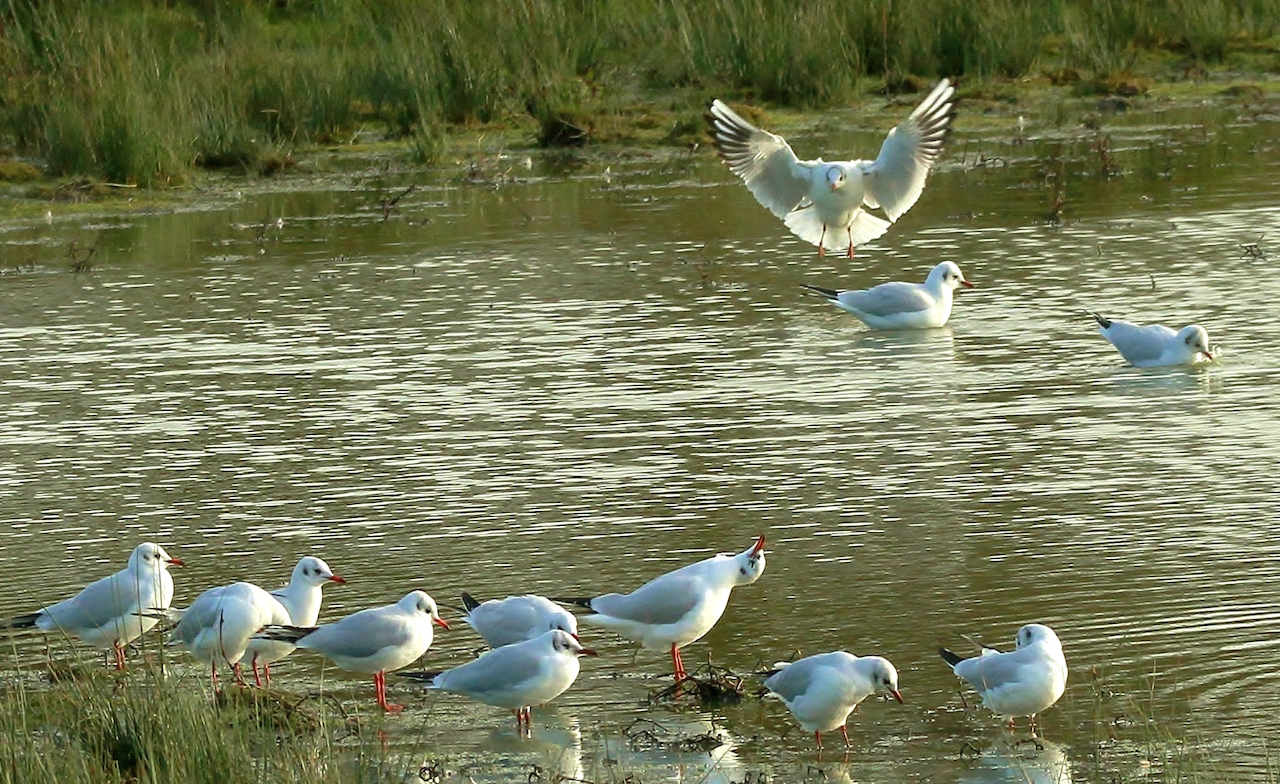
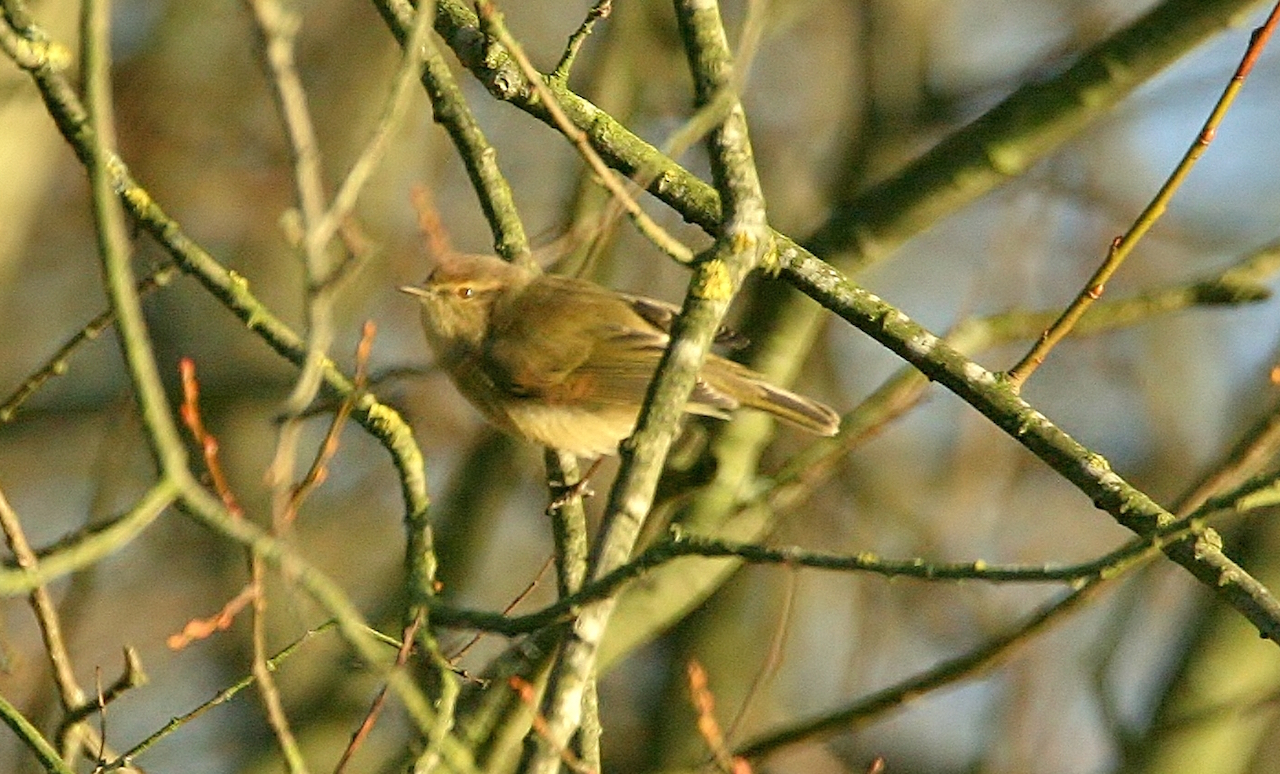

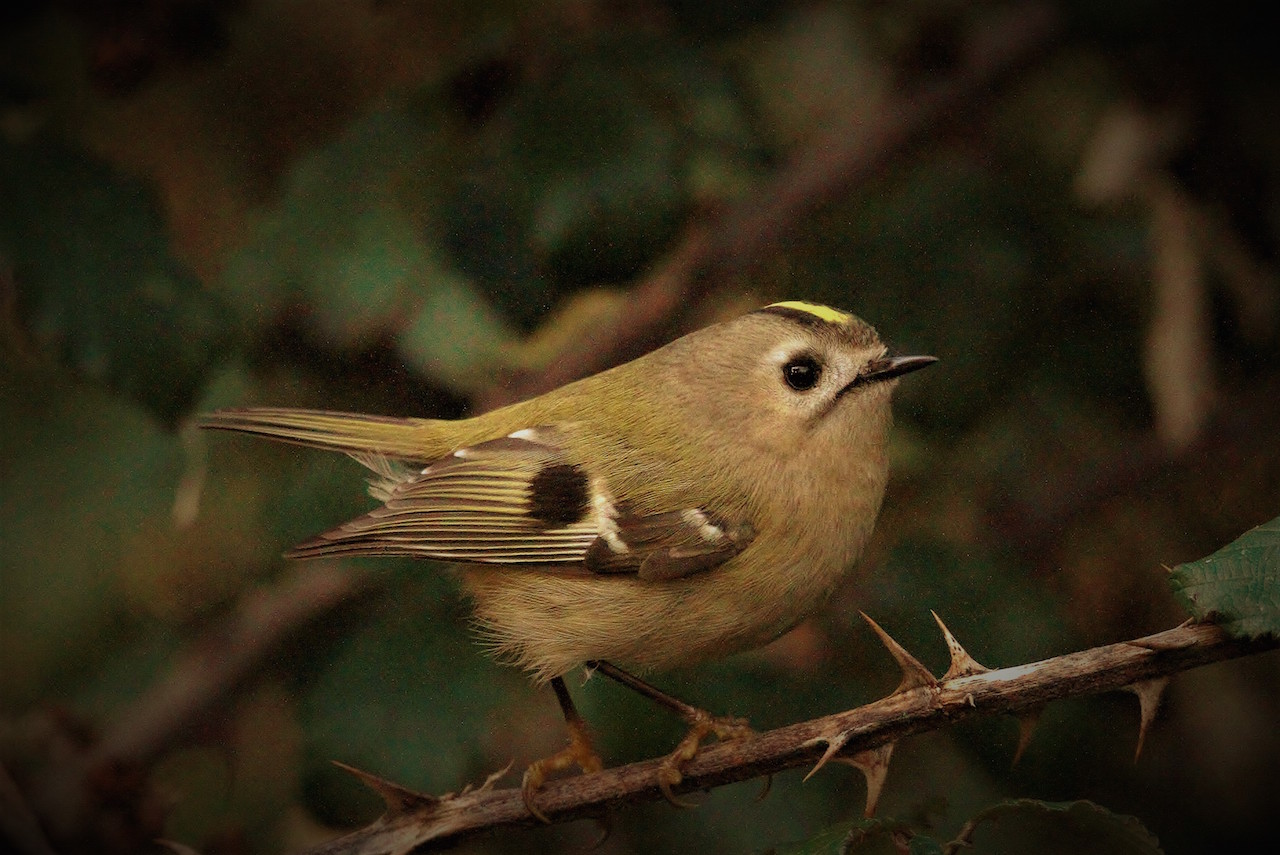


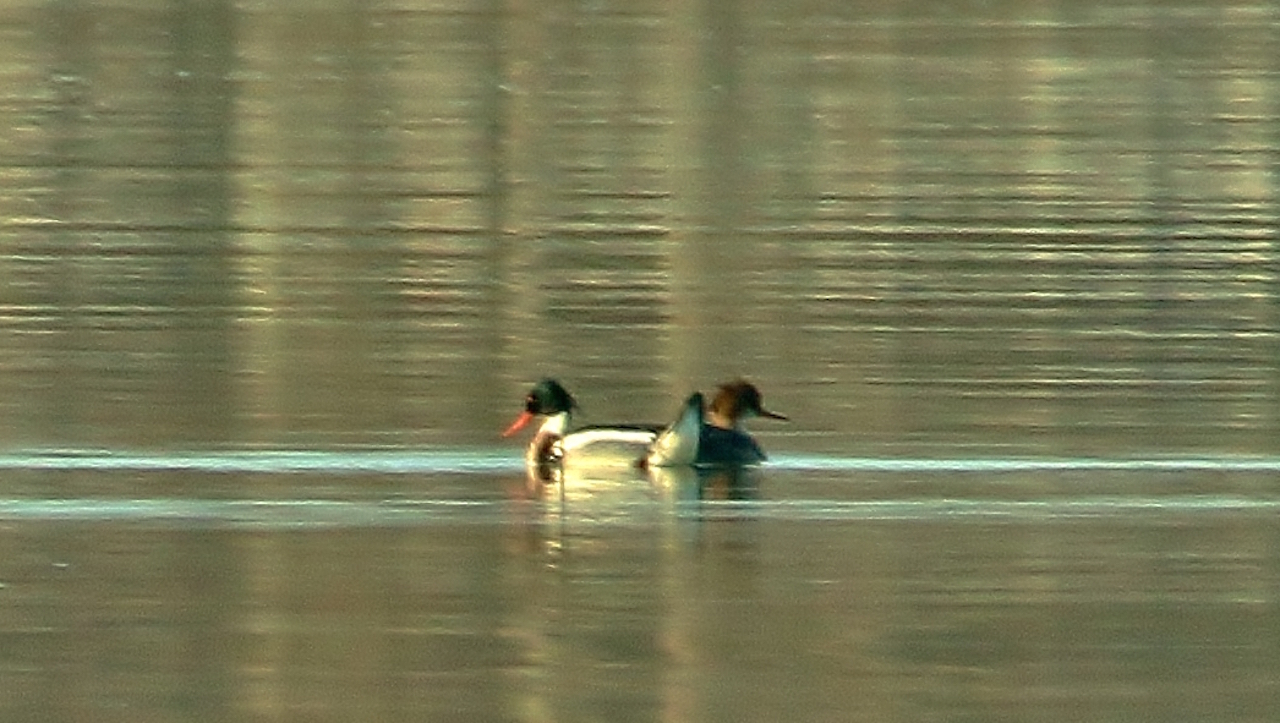


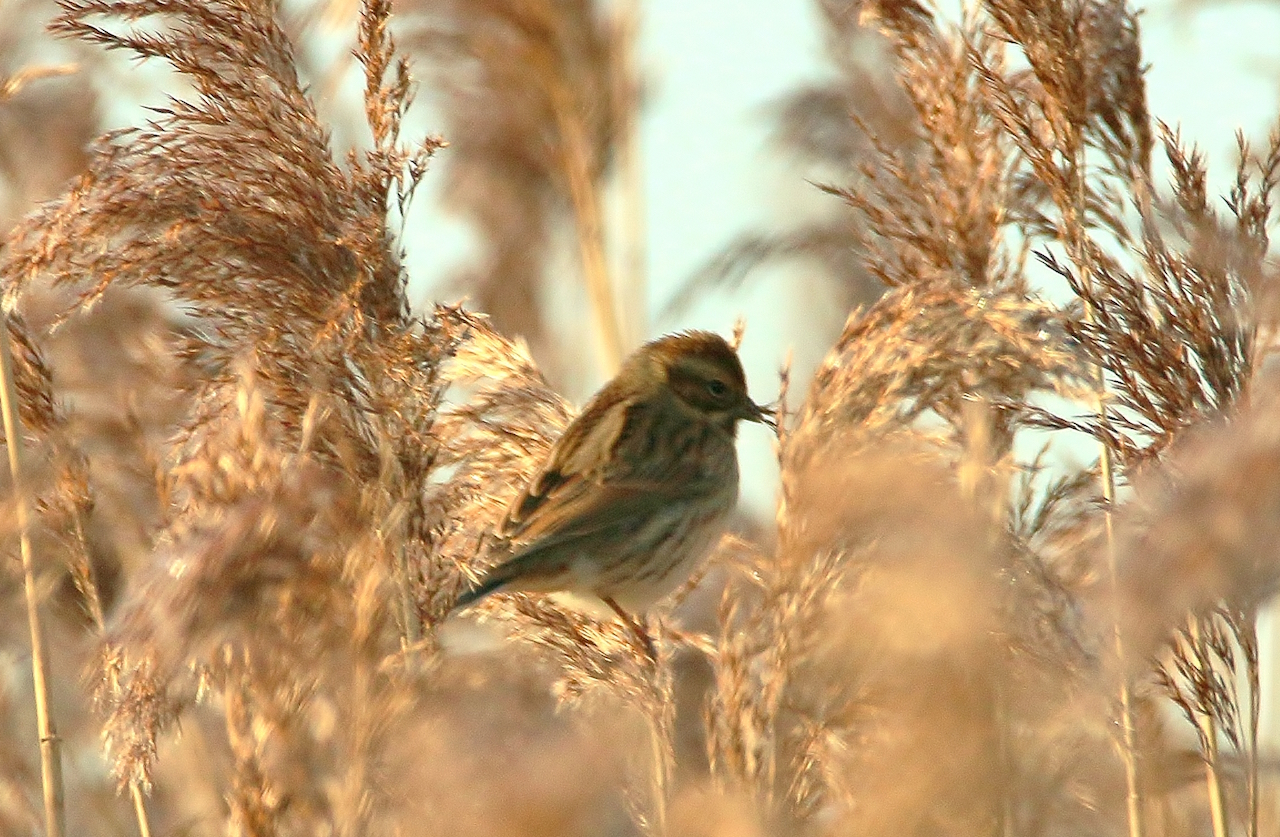

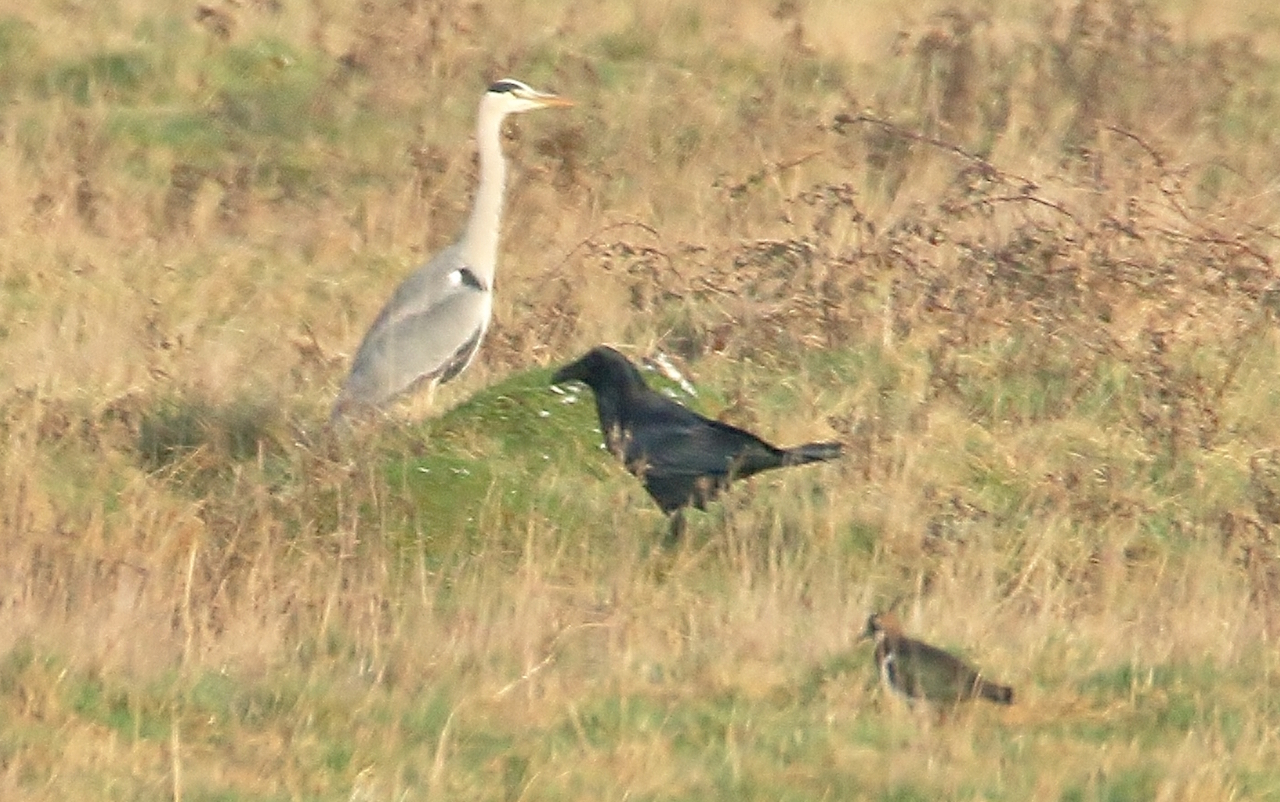
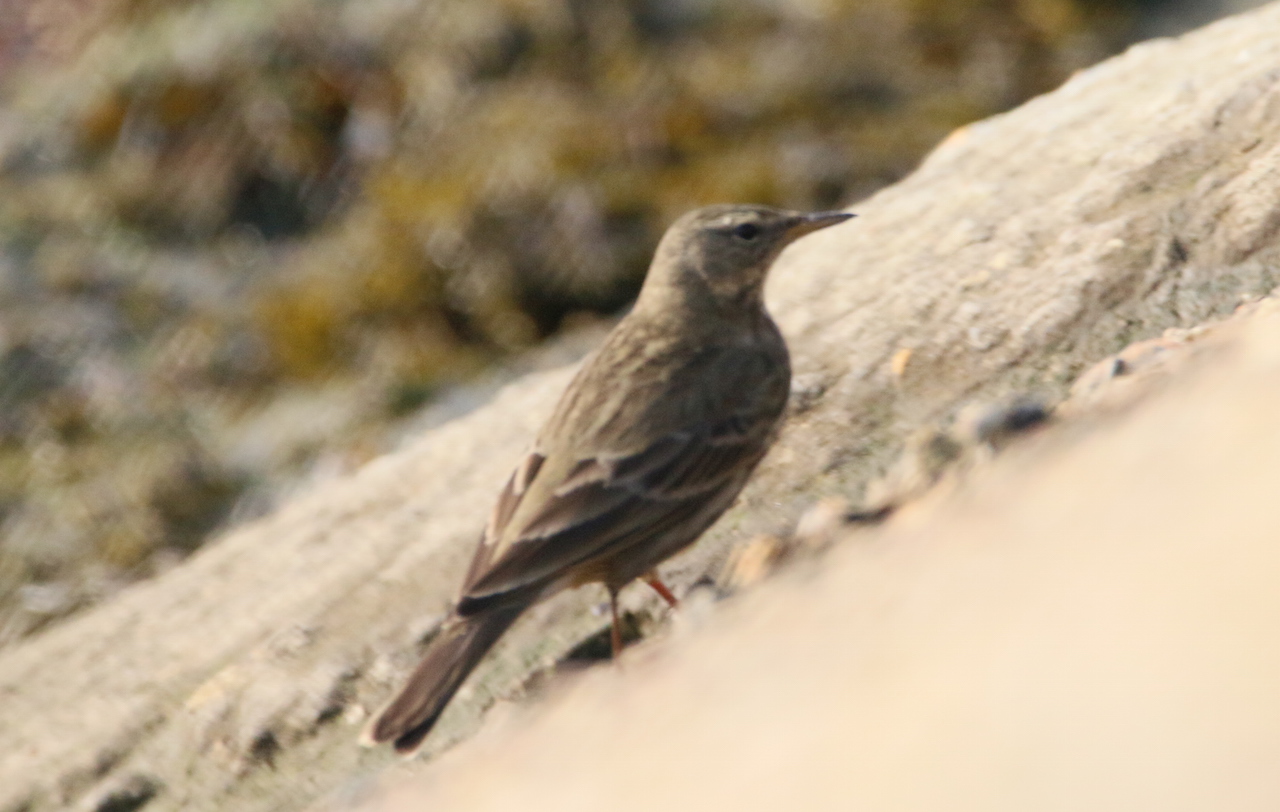
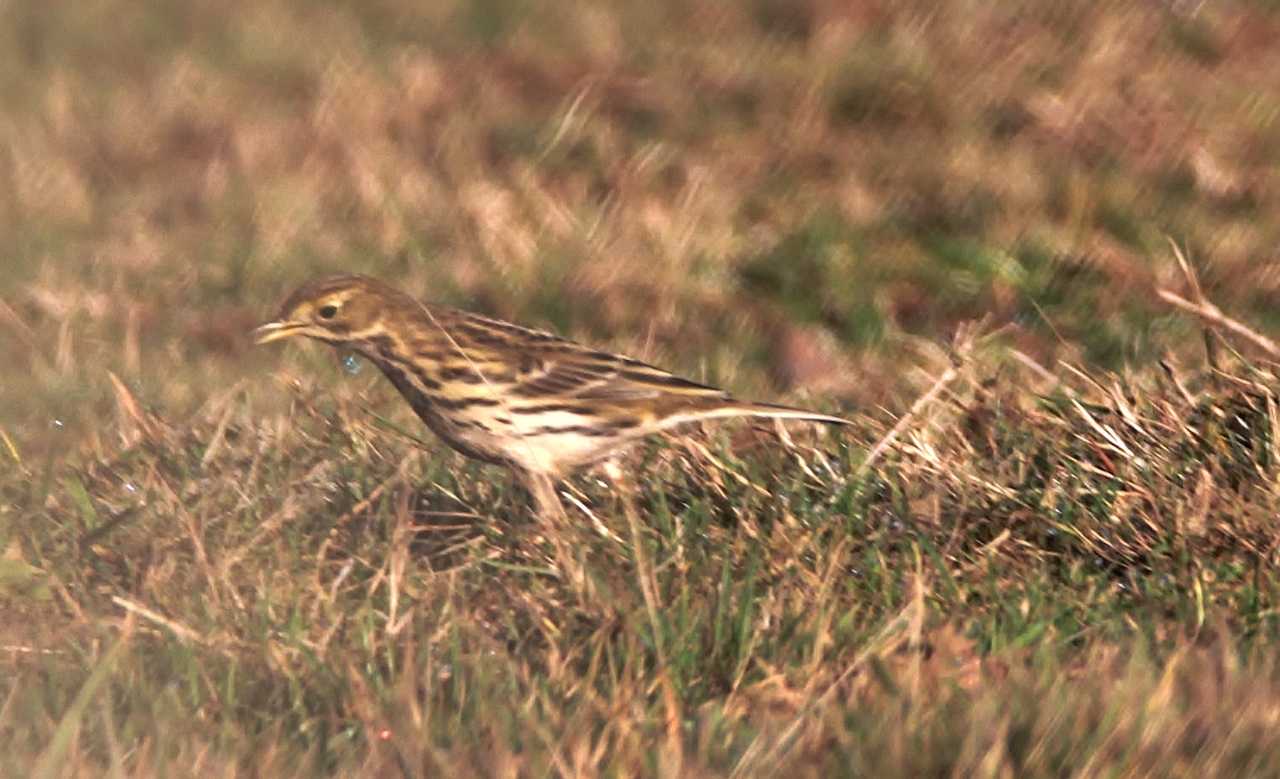
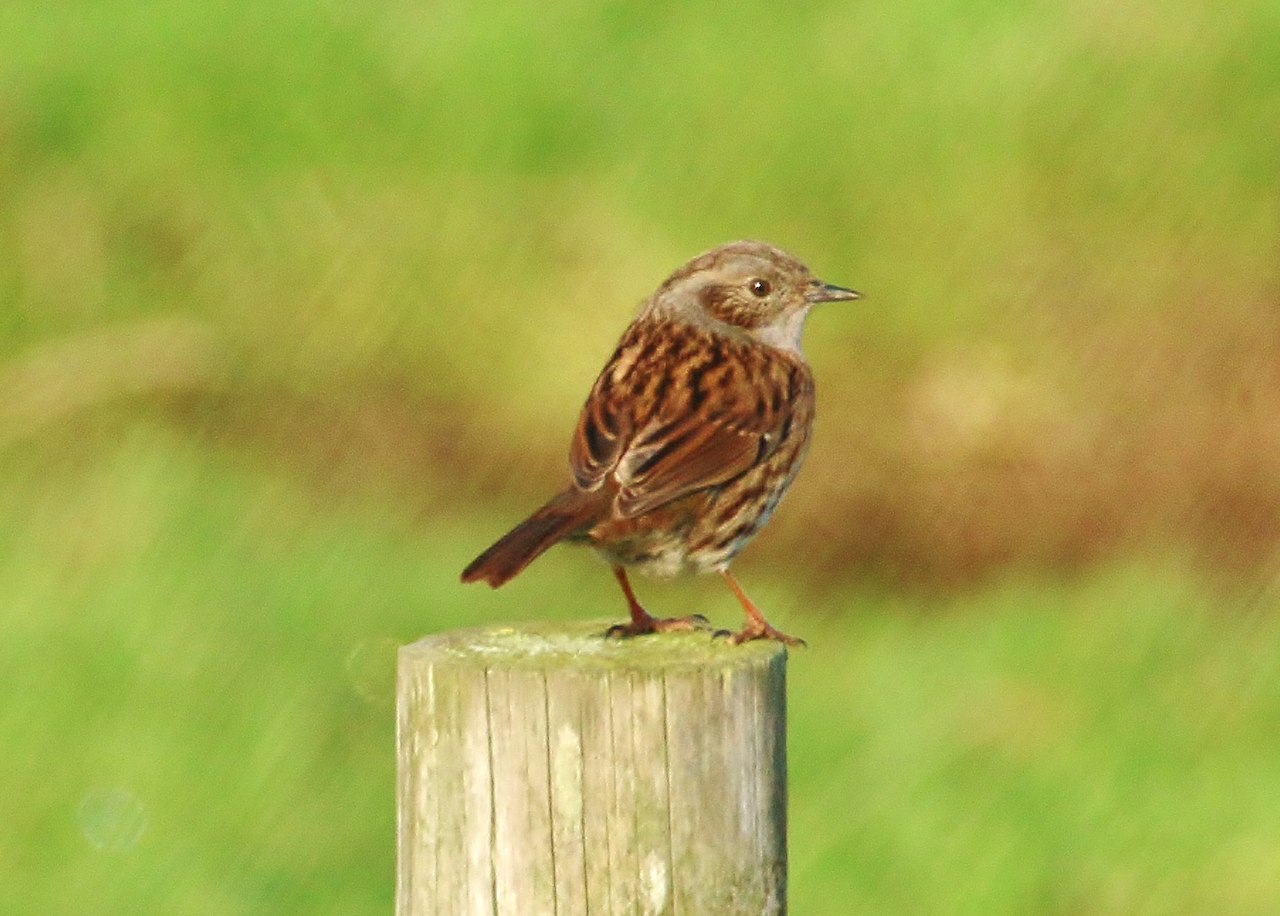
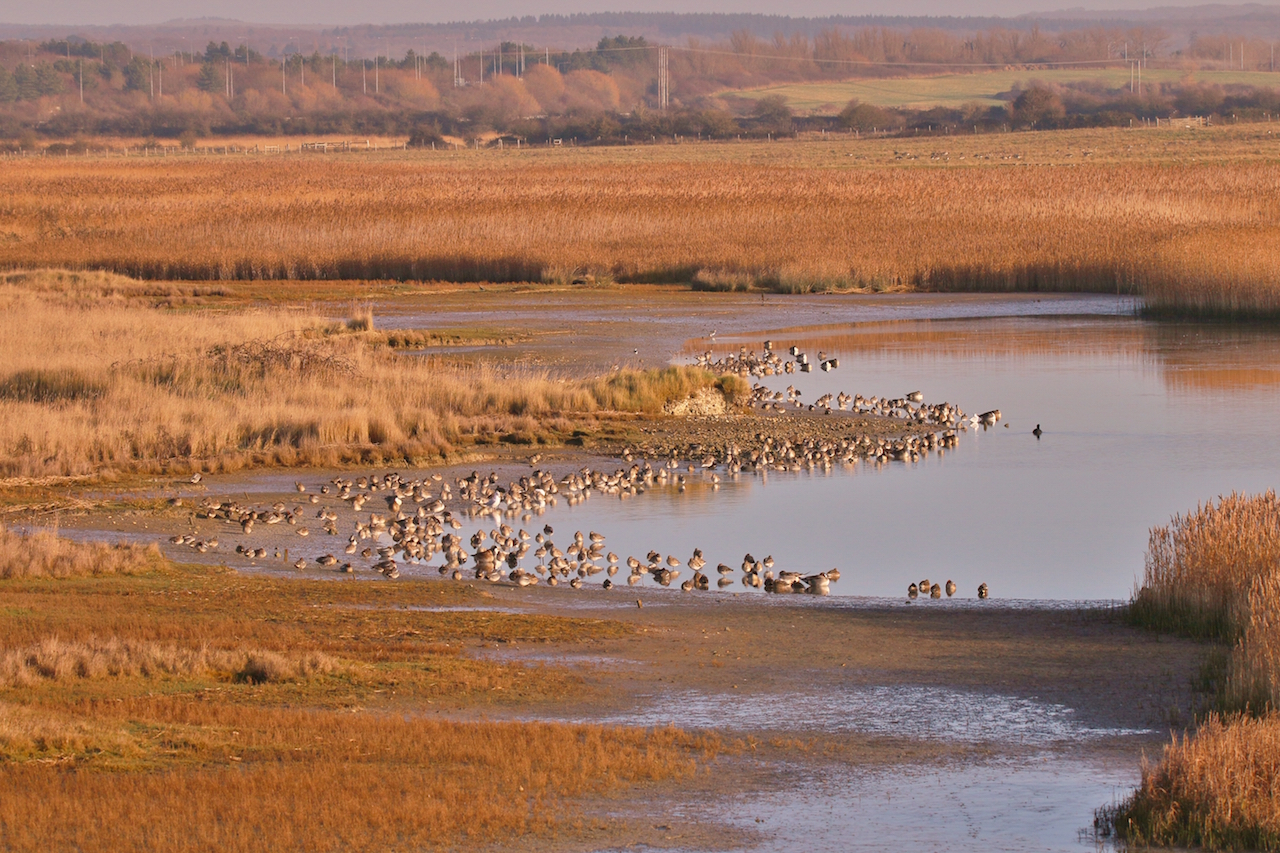


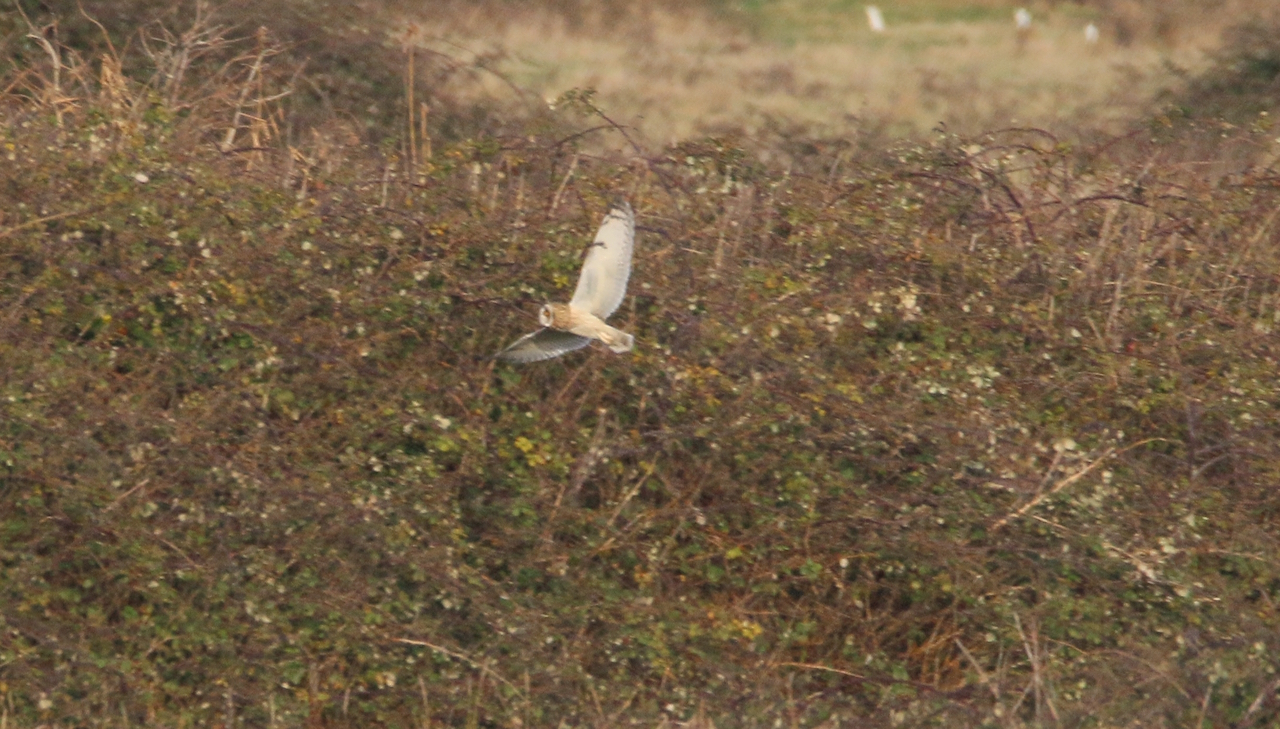

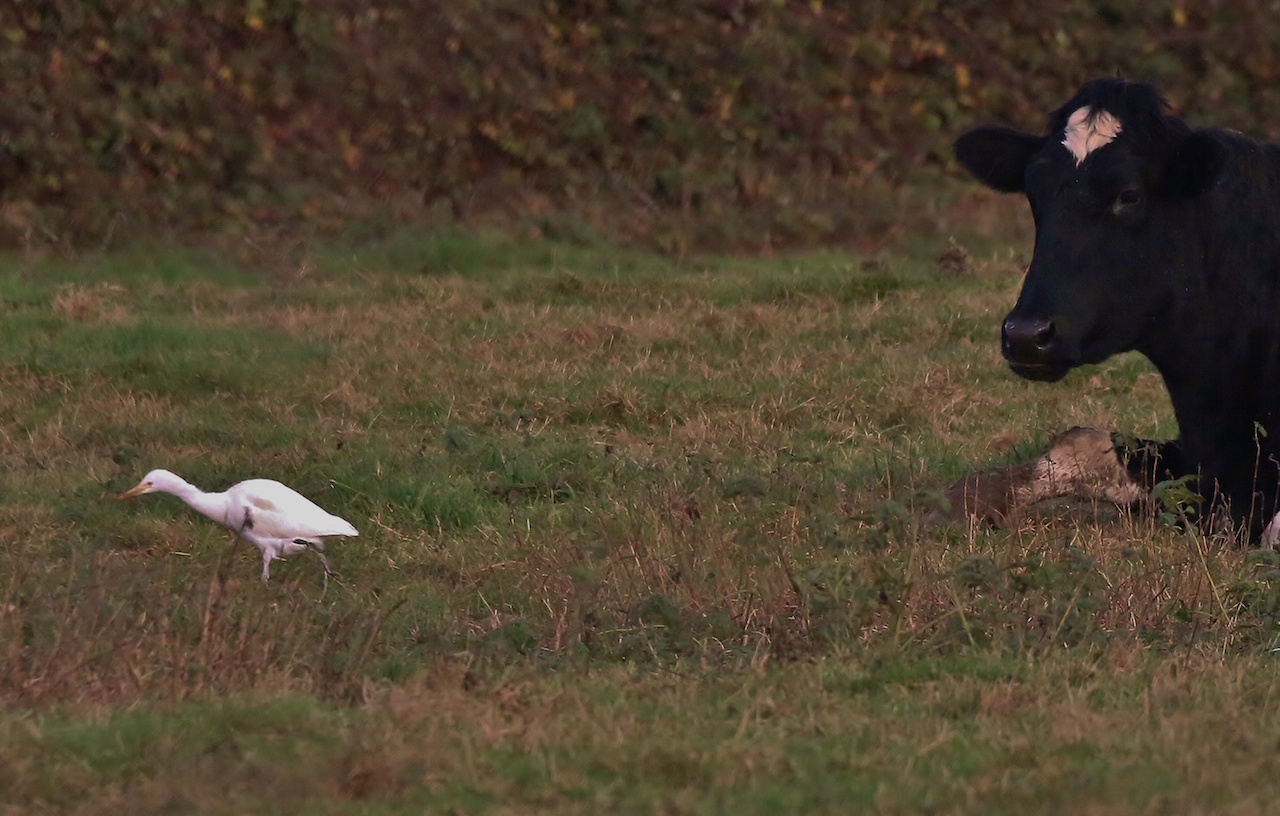

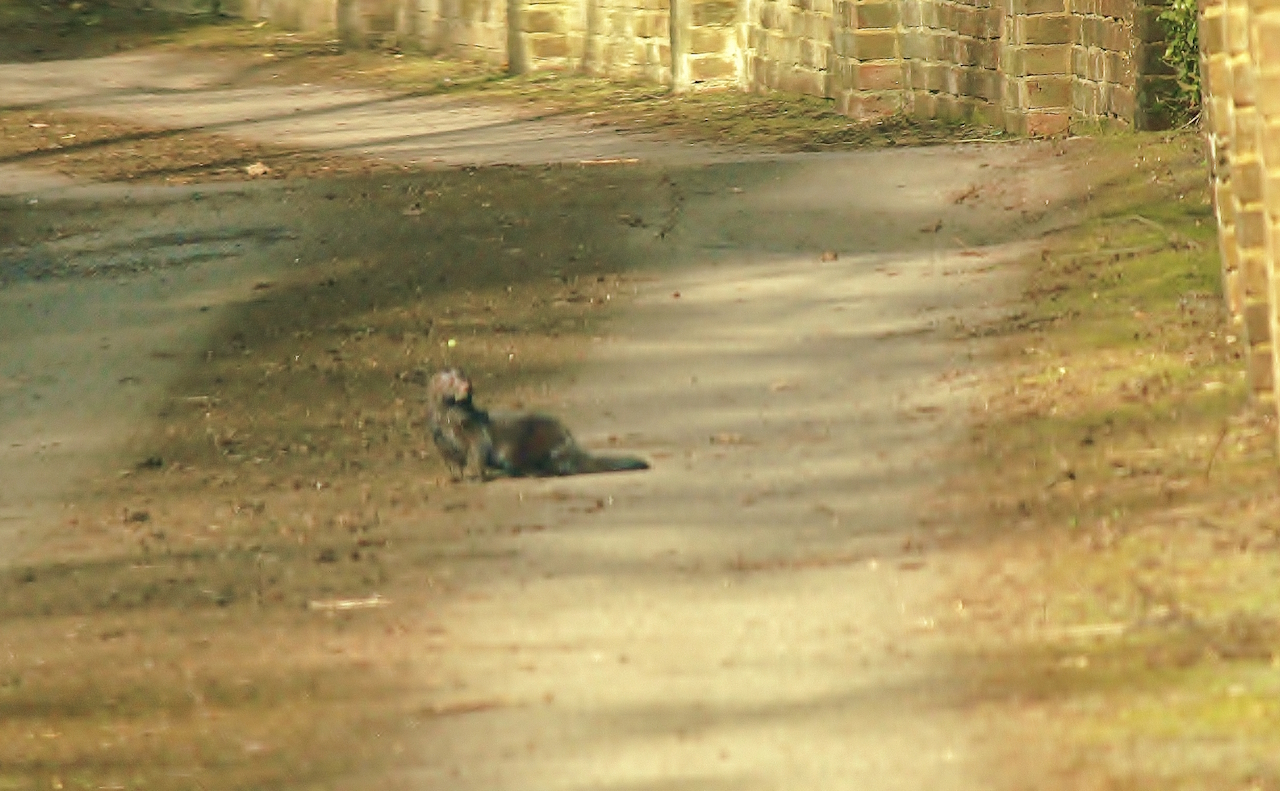
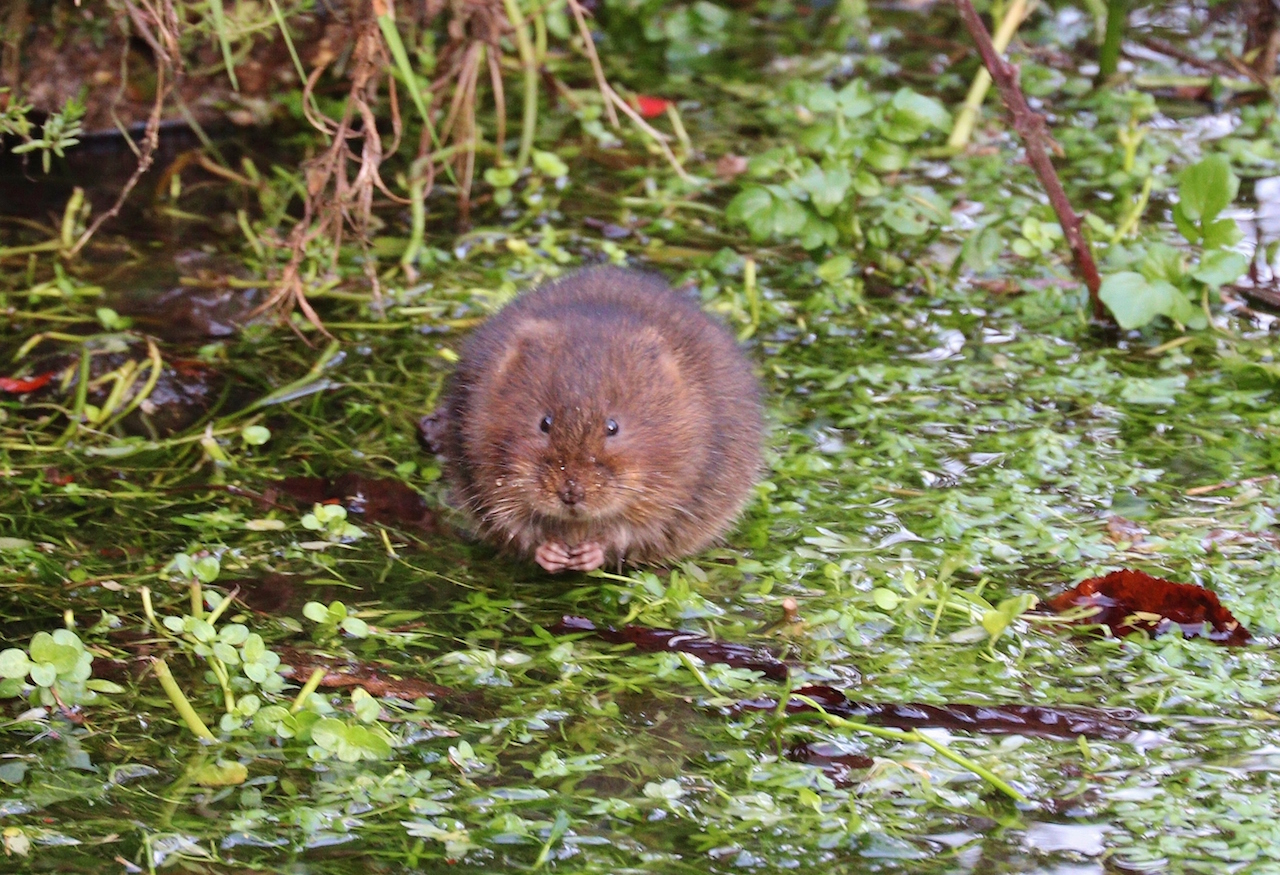

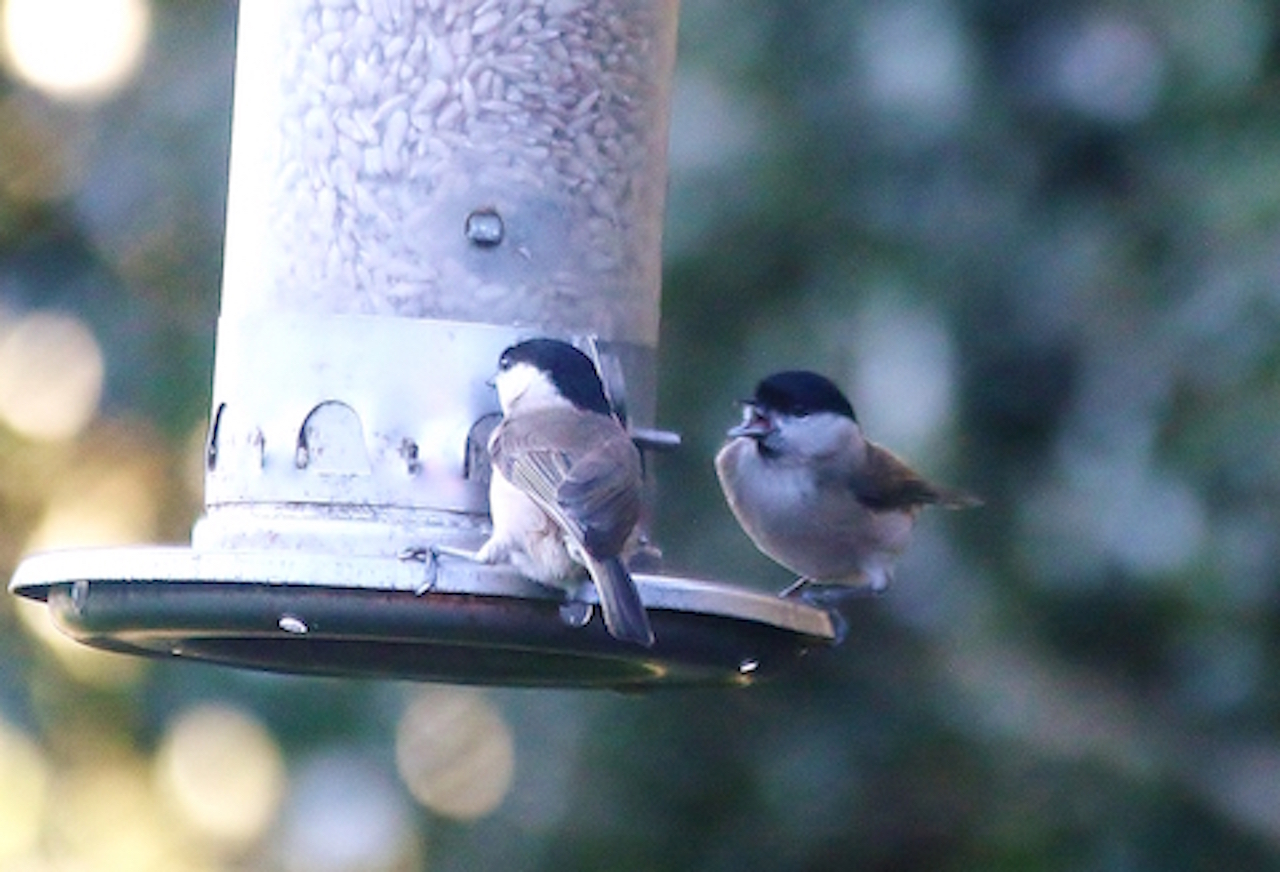






James Sellen
January 3, 2017 at 9:29 pm
Excellent set of photos. You may have discovered a new behaviour for Common Buzzard – dung football!